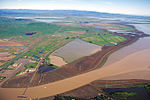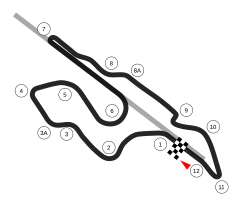1991 Vallejo helicopter crash
1991 in CaliforniaAccidents and incidents involving helicoptersAccidents and incidents involving the Bell 206Airliner accidents and incidents caused by pilot errorAviation accidents and incidents in California ... and 3 more
Aviation accidents and incidents in the United States in 1991October 1991 events in the United StatesUse mdy dates from March 2017

On October 25, 1991, a Bell 206 carrying rock music concert promoter Bill Graham, his girlfriend Melissa Gold, and pilot Steve Kahn crashed into a transmission tower west of Vallejo, California, killing everyone on board. The cause of the accident was determined to be the pilot's intentional flight into known adverse weather conditions.
Excerpt from the Wikipedia article 1991 Vallejo helicopter crash (License: CC BY-SA 3.0, Authors, Images).1991 Vallejo helicopter crash
CA 37,
Geographical coordinates (GPS) Address Nearby Places Show on map
Geographical coordinates (GPS)
| Latitude | Longitude |
|---|---|
| N 38.153055555556 ° | E -122.4125 ° |
Address
CA 37
California, United States
Open on Google Maps





